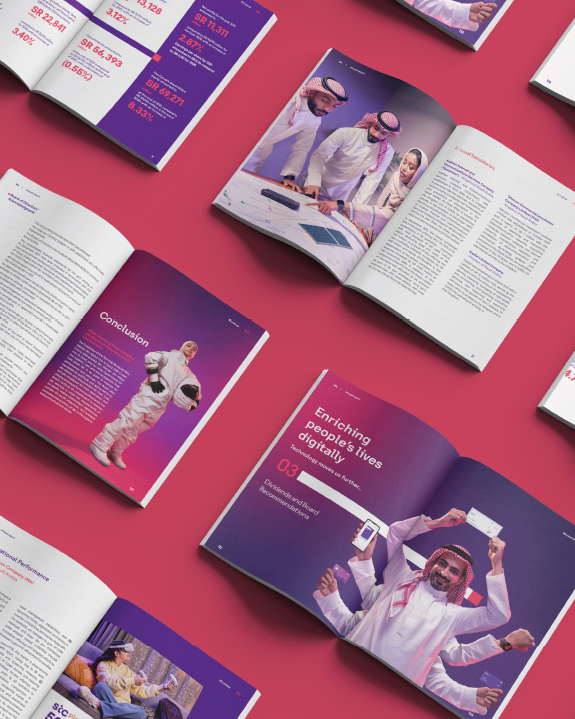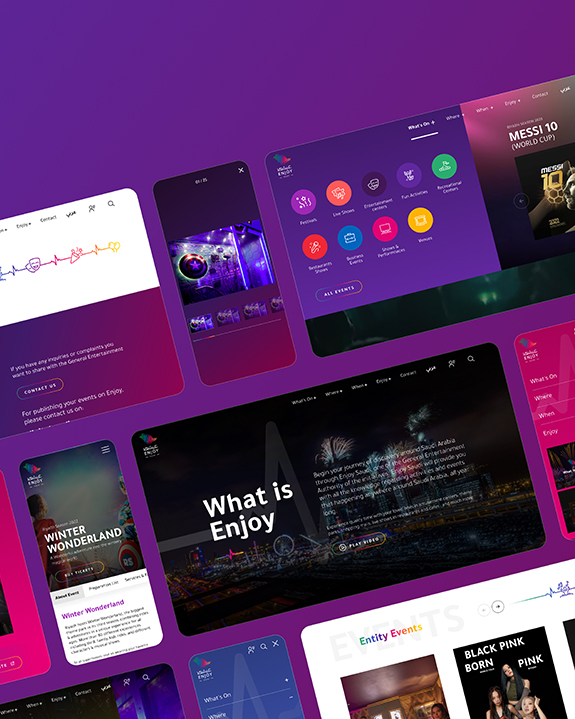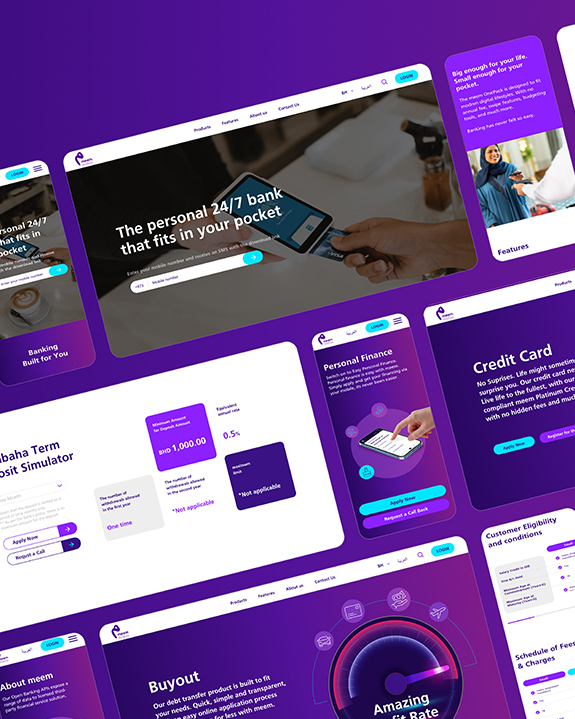Relevance is what earns
trust, drives loyalty, and
makes transformation
meaningful.
Digital transformation has delivered faster apps, cleaner dashboards, and bigger datasets. But for many organizations in Saudi Arabia, the UAE, and Bahrain, there’s still a missing link:
The transformation doesn’t always feel relevant to the people it serves.
Across the GCC, businesses are investing heavily in digital transformation strategies AI adoption, and customer
Yet adoption rates, customer loyalty, and stakeholder engagement often remain inconsistent.
The problem isn’t the technology. It’s the gap between what’s built, and what truly matters to the customer, citizen, or investor.
Why Human Relevance Matters Now
In a region where transformation is moving at record speed, relevance is the ultimate competitive advantage.
When a new digital product or platform digital product or platform is launched without a deep understanding of user context, it risks becoming another unused tool. A service can be beautifully designed and technically flawless, yet still miss the mark if it doesn’t meet the emotional and practical needs of its audience.
For decision-makers, UX challenges signal deeper strategic issues, ones that affect revenue, brand trust, and long-term growth
| Principle |
Guiding Question |
| 1. Aligns with Context |
Does the solution fit the user’s real-world needs, culture, and circumstances? |
| 2. Creates Emotional Resonance |
Does it connect in a way that builds trust, satisfaction, and loyalty? |
| 3. Enables Action |
Does it make it easier for the user to achieve their goal with minimal effort? |
These dimensions can be measured through feedback loops, behavioral analytics, and targeted engagement studies, integrated into your data intelligence and AI systems.
Embedding Human Relevance in Digital Transformation
Human Relevance is a discipline, embedded into every phase of transformation.
Start with People, Not Platforms
Map the emotional and practical journey of your audience before defining the technology stack.
Integrate Feedback Loops
Use surveys, sentiment analysis, and behavioral data to track relevance in real time.
Measure What Matters
Alongside financial KPIs, track relevance scores, trust metrics, and experience quality indicators.
GCC Examples of Human Relevance in Action
Across the region, leading organizations are embedding relevance into their digital strategies:
Banking
A mobile banking app in Saudi Arabia integrates personalized financial education for SME owners, timed to business cycles.
Government Services
A UAE portal uses predictive design to pre-fill forms and prompt next steps for citizens based on life events.
Real Estate
A Bahrain property platform tailors listings and content based on family size, location preference, and cultural needs.
Designing for Relevance: What Great Teams Do Differently
Human Relevance doesn’t happen by accident. It’s the result of intentional choices, in strategy, design, and execution.
Here’s what high-performing teams across the GCC consistently do:
Co-create with users
They involve customers, citizens, or employees early in the design process — through interviews, prototypes, and feedback sessions.
Design for emotion, not just function
They ask not only “Can users complete the task?” but “How do they feel while doing it?”
Localize with nuance
They adapt language, visuals, and flows to reflect regional culture — not just translate content.
Test relevance, not just usability
They go beyond bug fixes and interface polish to measure emotional impact, clarity, and trust.
These teams understand that relevance is a mindset.
And in a region where expectations are rising fast, that mindset is what sets leaders apart.
GCC: A Region Ready for Ecosystem Thinking
The GCC is uniquely positioned to lead:
Data infrastructure
5G, smart cities, and cloud adoption enable real-time, connected experiences.
Cultural expectations
In high-service cultures, anticipation is care, and care builds trust.
The Strategic Value of Human Relevance
Human relevance is measured not only by how well you understand people, but by how effectively you serve them.
Here’s what it unlocks:
Higher adoption rates
When platforms feel intuitive and useful, users engage more deeply.
Stronger brand equity
Relevance builds emotional connection, which drives loyalty and advocacy.
Smarter resource allocation
By focusing on what truly matters to users, organizations avoid wasted investment in unused features.
Faster iteration cycles
Real-time feedback enables agile improvements that reflect actual user needs.
In the GCC, where digital
transformation is often tied
to national mandates and
public trust, relevance
becomes a strategic
imperative.
Human Relevance and Brand Experience
Relevance is emotional.
And that’s where brand comes in.
Every digital touchpoint is a reflection of your brand’s promise.
If the experience feels disconnected, generic, or confusing, it erodes trust, no matter how advanced the technology.
At Spark, we embed brand strategy into every layer of digital transformation:
Tone of voice that reflects cultural nuance
Visual identity that builds recognition and credibility
Content strategy that guides, informs, and connects
Culture of iteration
Teams must embrace feedback loops, agile testing, and continuous improvement.
Relevance lies not only in
what users can do, but in
how they feel while doing it
Relevance as a Continuous Metric
Unlike traditional KPIs, Human Relevance is dynamic. It evolves with user expectations, market shifts, and cultural context.
To track it effectively, organizations should:
Establish relevance benchmarks through qualitative and quantitative research
Monitor sentiment and behavior across platforms
Adapt content and design based on feedback
Report relevance metrics alongside financial performance
This approach ensures that transformation is meaningful.
Operationalizing Human Relevance Across Teams
Embedding Human Relevance into digital transformation is a cross-functional shift.
To make relevance measurable and actionable, organizations must align strategy, execution, and culture.
Here’s how leading GCC enterprises are operationalizing it:
Cross-team KPIs
Marketing, product, and tech teams share relevance metrics, from satisfaction scores to journey completion rates.
Governance frameworks
Clear ownership of experience quality ensures accountability across departments.
Integrated tooling
Platforms like CRM, analytics, and CMS are configured to surface relevance insights, not just performance data.
Training and enablement
Teams are equipped to interpret emotional signals, cultural nuance, and behavioral patterns in their decision-making.





























